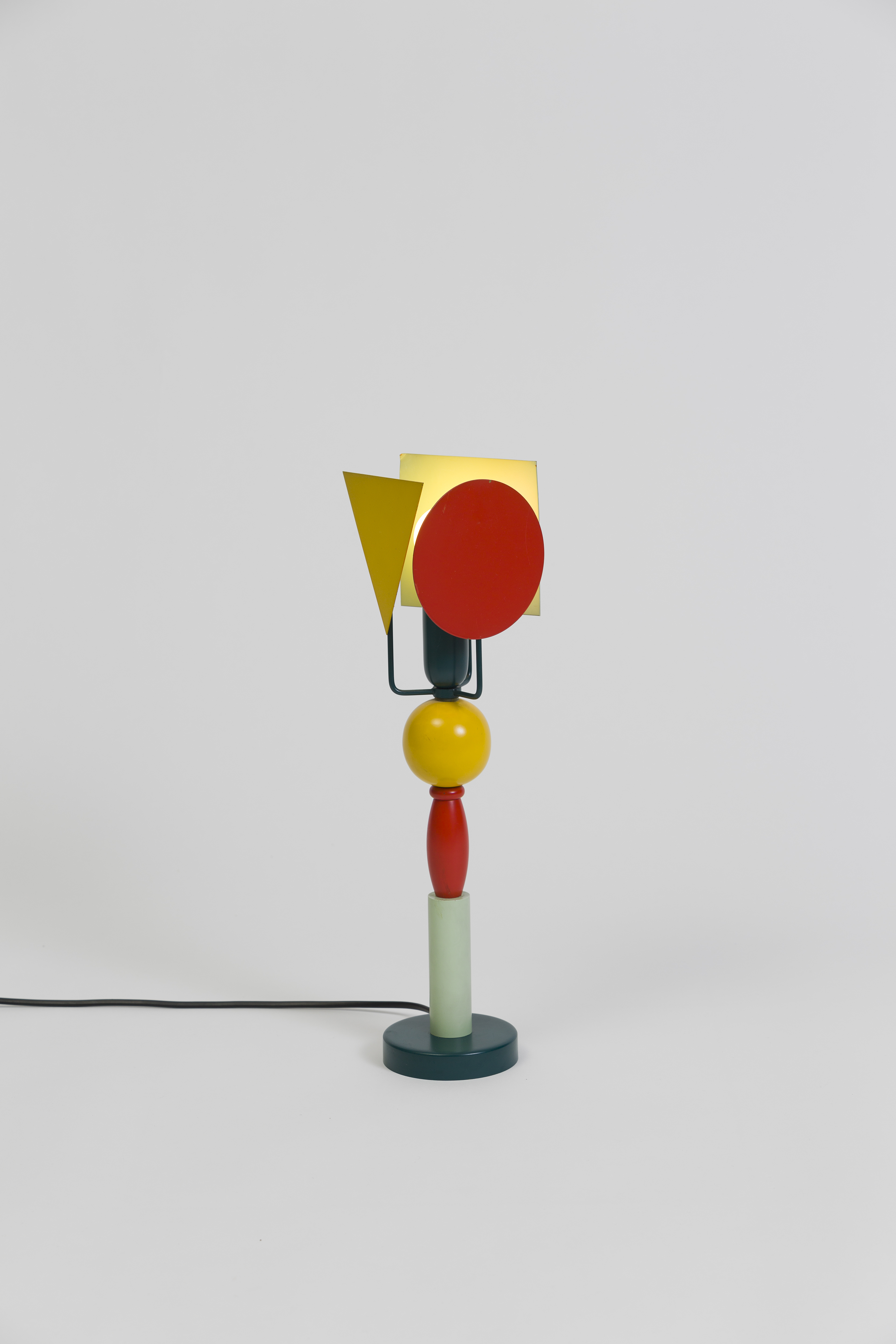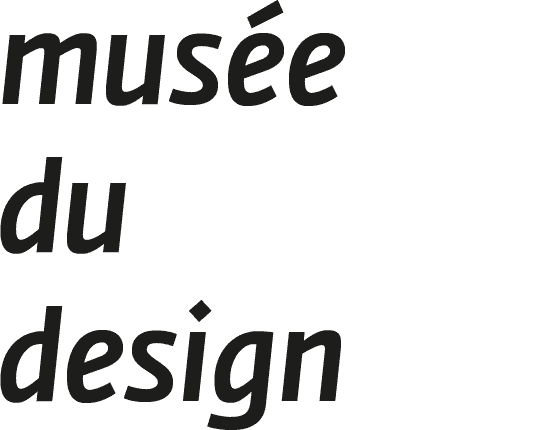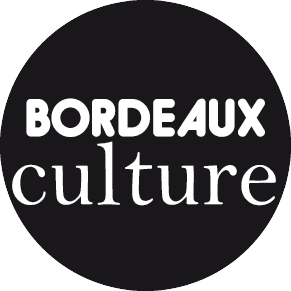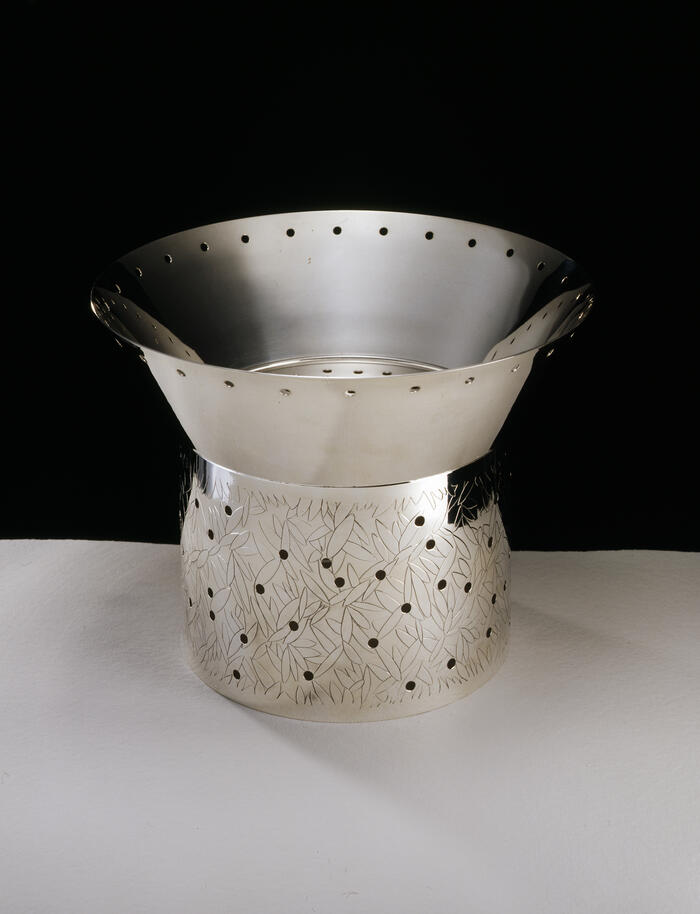Nestor Perkal - From the 1980s to the present day, a key figure in French design culture
Echoing the exhibition that will be held at the same time at the Musée des Arts Décoratifs in Paris about the decade of the 1980s. Fashion, design & graphic design in France (October 13, 2022 - April 16, 2023) and on the occasion of the release of the monograph dedicated to him by Norma Editions, the exhibition Nestor Perkal revisits the career of this architect, designer, scenographer and gallery owner, a key figure in 1980s design.
It presents a selection of some fifty pieces as well as unpublished archival documents on this decade that overturned the codes of design.
Opening: Wednesay 5 October at 7 pm
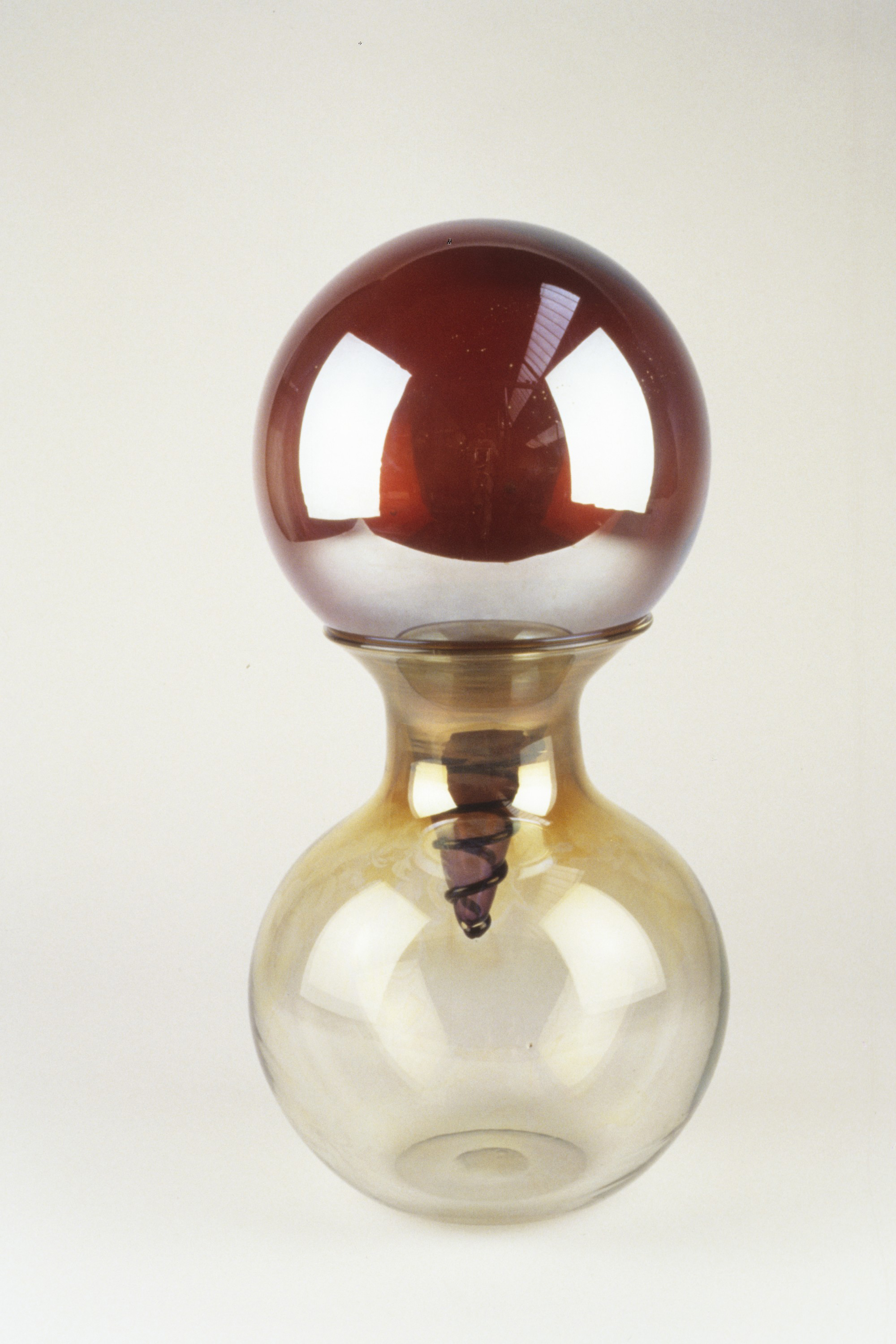
Trophy for the Grand Prix of artistic creation of the Ministry of Culture and Communication in 1998 (made by Salviati, Murano).
A copy of this vase-mirror is in the collections of the Museum of Contemporary Art of the Haute-Vienne, Château de Rochechouart
Who is Nestor Perkal ?
Trained as an architect in Buenos Aires (Argentina), Nestor Perkal travelled extensively in South and North America, Germany and Italy before settling in Paris where, in 1982, he opened a gallery dedicated to new international design, next to the Centre Georges Pompidou, through which he played a major role in promoting the young generation of designers. He was the first to present in France the works of the Italian group Memphis, founded a year earlier around the personality of Ettore Sottsass, but also the experimental pieces of the duo formed by Daniel Weil & Gerard Taylor, young graduates of the Royal College of Art. Three years later, he set up his gallery in the Marais district, rue des Quatre-Fils, where he remained until 1994, contributing to the recognition of leading young designers such as Javier Mariscal, Nathalie Du Pasquier, Matteo Thun, the Nemo and Totem collectives.
In 1985, he was invited by the Cartier Foundation in Jouy-en-Josas to participate in "Vivre en couleur", the institution's first exhibition dedicated to design, alongside other young designers of his generation, including François Bauchet, Garouste & Bonetti, Philippe Starck and the Totem collective. He also received his first commissions, such as the design of a rooftop apartment for a young man in which he used color to create spaces, spaces for the Cartier Foundation, the Maison Européenne de la Photographie and exhibition scenographies.
His interest in ancestral craft techniques and know-how is a common thread in his career. Nestor Perkal meets goldsmiths, holders of a traditional know-how, who wish to have a contemporary approach. This is how the Algorithme silverware collection began, an adventure that lasted seven years, in which he invited other designers, including Sylvain Dubuisson, Pierre Charpin, Christophe Pillet, George Sowden and Nathalie Du Pasquier. The first collection was presented in 1987 at the Musée des Arts Décoratifs in Paris.
Charged with a mission by the Ministry of Culture in 1992, he set up the CRAFT, Research Center for the Arts of Fire and Earth, which he directed until 2009. He solicits artists who wish to become familiar with ceramics or who wish to carry out advanced research. Through CRAFT, he puts companies in contact with well-known artists and designers such as Wim Delvoye, Anne and Patrick Poirier, Javier Perez, Sylvain Dubuisson, Martin Szekely, Ron Arad or Ingo Maurer.
In parallel, Nestor Perkal is regularly solicited by publishers and manufacturers to design furniture objects. In 1992, he collaborated with Lou Fagotin, specialized in chestnut wood furniture, to design "Les Rivières" collection, composed of several seats, tables and lights. He relies again on an ancestral technique, that of the "feuillardiers" that can be found in Creuse or Périgord, consisting in nailing simple branches of chestnut wood together.
In 1994, he is invited by the Cirva (International Research Center for Glass and Plastic Arts), where he can "do everything", which as he points out, is "the worst constraint for a designer".
He develops a reflection around the mirror, works on the limit of this object. Without the need for a frame, he designs mirrored objects in their entirety, objects seen in which we see ourselves.
Since 2008, he has been collaborating with the Italian artisanal company Oscarmaschera, specializing in furnishing complements and accessories using leather.
Collaboration, sharing, transmission are dear to the designer, who, since the late 1980s, teaches (Camondo school, School of Fine Arts in Limoges and Saint-Etienne) and leads workshops.
Nestor Perkal's works were included in the main design exhibitions of the decade: "Nouvelles métropoles du Design" at the Centre Pompidou in 1991, "Design miroir du siècle" at the Grand Palais in 1993, "Made in France" at the Centre Pompidou in 1997, and "Photographier l'objet" also in 1997 at the Musée des Arts décoratifs in Paris. They are present in the collections of the Musée national d'art moderne - Centre Pompidou, the Cnap, the CIRVA in Marseille and the Musée des Arts décoratifs in Paris, but also abroad (The Israel Museum, Jerusalem, Musée des arts décoratifs de Montréal, Indianapolis Museum of Art and CID Grand Hornu).

Sottsass Associates, CEDIT ceramic tiles; Antonia Astori, Kroma table, Driade edition; Toshiyuki Kita, 111 Wink armchair, Cassina edition; Paolo Deganello, sofa, Cassina edition; Nestor Perkal, Azul desk; Nestor Perkal, Arco chair; Ettore Sottsass, Pausania lamp, Artemide edition.
Opening : Thursday 6 October at 7 pm
PARTAGEZ VOTRE VISITE
#NestorPerkal #madd_bordeaux
